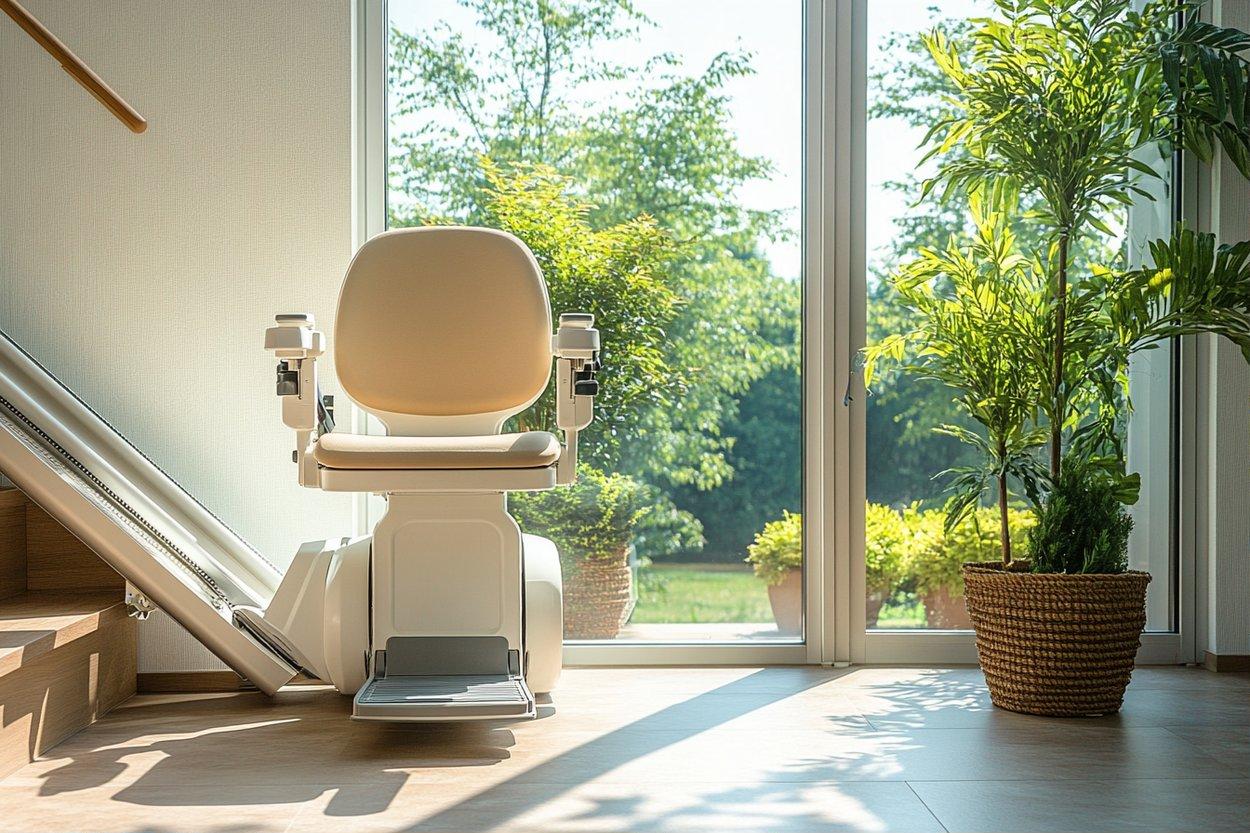Sheltered Housing: What It Is and How It Works
Sheltered housing is a form of supported living designed mainly for older adults who want to live independently but would value some on-site support and community links. These schemes typically combine self-contained flats with communal facilities, regular welfare checks, and an emergency alarm system. Sheltered housing can help people remain part of a neighbourhood while reducing isolation and providing practical daily support without the higher level of care found in residential care homes.

What is sheltered housing and housing options?
Sheltered housing refers to a range of purpose-built or adapted accommodation where individual households have private living spaces alongside shared facilities and support. Housing options include rented units managed by housing associations or councils, leasehold flats owned by residents, and privately managed schemes. Units are usually one- or two-bedroom flats, with communal lounges, gardens, and laundry rooms. The emphasis is on independence: residents control their own homes while benefiting from a scheduled visiting officer or warden and systems to summon help in emergencies.
Many schemes vary by level of support and cost structure. A sheltered scheme might include a 24-hour alarm service, weekly welfare checks, and organised social activities, while more flexible arrangements offer only daytime visiting support. Understanding tenancy agreements, service charges, and rights as a resident is important before moving in; these elements determine what services are included and who is responsible for maintenance or repairs.
Who benefits: senior residents?
Sheltered housing is primarily aimed at senior residents who are generally able to manage daily living tasks but may need more reassurance or light assistance. People with mobility limitations, early-stage dementia, or chronic health conditions who do not require full-time nursing care often find sheltered housing a suitable compromise between living alone and moving into a care home. It can also suit couples where one partner needs more support than the other.
Benefits for seniors include reduced loneliness through communal spaces and activities, quicker access to assistance during an emergency, and fewer daily maintenance responsibilities compared with owning a house. However, it’s not a universal fit: those who need regular medical or nursing care should consider alternatives such as assisted living or residential care, and should consult local advocacy or social services for tailored advice.
How is the building designed for safety and building features?
Sheltered buildings are usually designed or adapted with accessibility and safety in mind. Typical building features include step-free access, wider doorways, accessible bathrooms with grab rails, non-slip flooring, and well-lit communal areas. Flats often have emergency pull cords or pendant alarms connected to a response service. Communal spaces such as lounges and gardens encourage social interaction while offering safe, maintained environments.
Management and maintenance arrangements are important elements of building safety. Schemes may have on-site staff during set hours, a call system monitored by an external provider, and contractors responsible for building upkeep. Prospective residents should review fire safety protocols, accessibility features, and how repairs are handled. Checking whether adaptations are allowed and whether any modifications require landlord approval is also essential.
How does sheltered housing support community life and social needs?
A key purpose of sheltered housing is to create a small community where residents can connect and support one another. Many schemes organise social events, exercise classes, hobby groups, or communal meals that reduce isolation and promote wellbeing. Shared facilities like lounges and gardens provide informal meeting places and reduce barriers to engagement compared with living alone.
Community support can extend beyond social activities: neighbours and staff often notice changes in a resident’s wellbeing and can help arrange local services or liaise with family. Linkages to local services in your area—such as visiting healthcare professionals, meal delivery, or transport schemes—are commonly facilitated by scheme staff or housing managers. The communal aspect should be considered carefully since social dynamics, noise levels, and expectations about privacy differ between schemes.
Making sheltered housing feel like home
Maintaining a sense of home is central to the sheltered housing model. Residents usually have their own front door, can decorate their flats, and retain personal routines. Where tenancy rules exist, they should be reviewed to ensure personalisation is allowed, including hanging pictures or installing minor adaptations. Bringing familiar furniture and establishing routines helps a new flat feel comfortable quickly.
Practical steps for settling in include meeting neighbours, participating in a few social events to gauge fit, and confirming how to contact staff or access local services. Families and friends can support the transition by helping with unpacking, navigating service charges or utility setups, and ensuring medical or social care arrangements continue smoothly. Staying engaged with the wider community and maintaining previous social ties also helps preserve independence and wellbeing.
Conclusion
Sheltered housing offers a balance between independent living and light support, combining private accommodation with safety features and social opportunities. It is suitable for many senior residents who want to remain active in a community while reducing daily maintenance and improving access to help when needed. Evaluating building features, tenancy terms, and local services will help people decide whether sheltered housing meets their practical and social needs.






